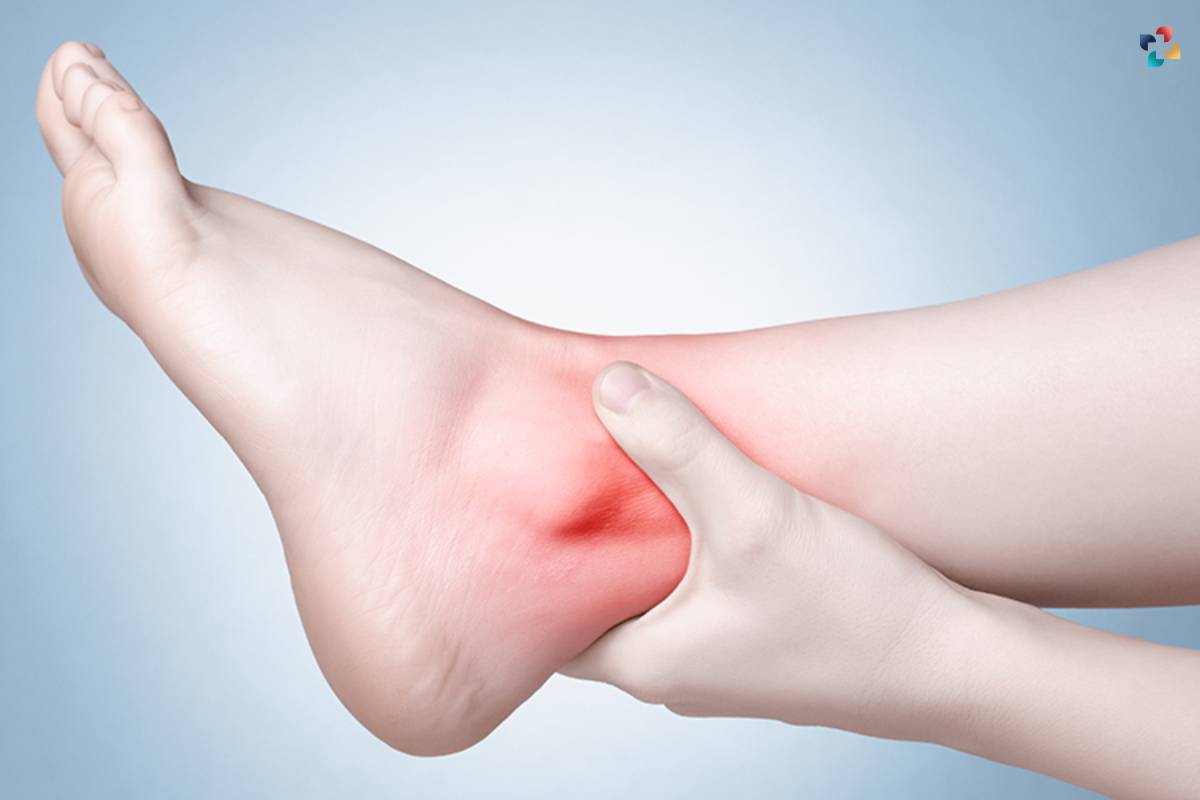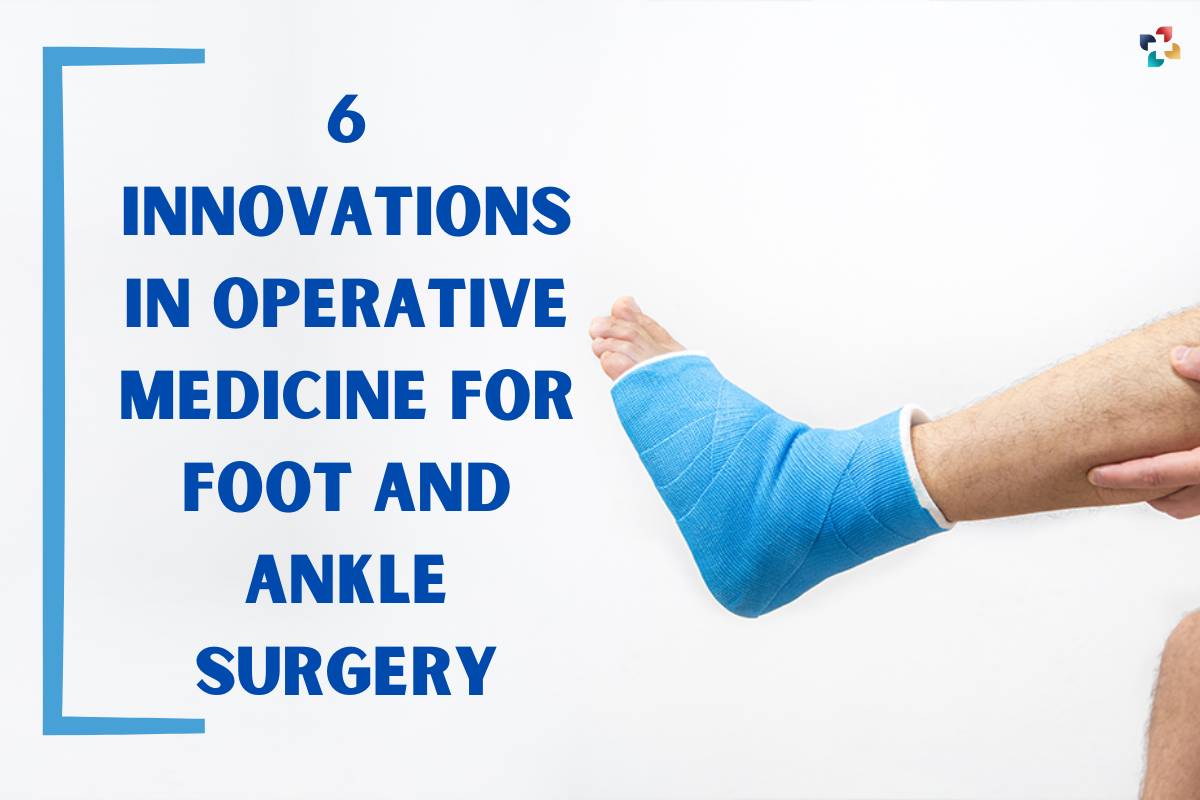Foot and ankle surgeries have been evolving for years with the advancement of technology and modern medical techniques. Operative medicine has progressed significantly in recent years, and surgeons have developed new techniques to improve outcomes, decrease recovery time, and minimize complications. Here are six innovations in operative medicine for foot and ankle surgery:
Here are 6 Innovations in Operative Medicine for Foot and Ankle Surgery:
1. Minimally Invasive Surgery (MIS) for Foot and Ankle Surgery
Innovations in Operative Medicine, Minimally invasive surgery (MIS) for foot and ankle surgery have been significant advancement in the field. MIS uses small incisions instead of larger ones, resulting in less trauma to the surrounding tissue, reduced scarring, and a shorter recovery time. The use of arthroscopes and endoscopes allows for a clear view of the surgical site, resulting in more precise procedures. The MIS technique has been shown to be effective in treating conditions such as ankle instability, hallux valgus, and plantar fasciitis.
Advantages of MIS:
- Reduced post-operative pain
- Smaller incisions and less tissue damage
- Shorter hospital stays
- Quicker recovery times
Disadvantages of MIS:
- Higher costs due to the use of specialized equipment
- Longer surgery times due to the need for specialized training and equipment
- Limited visualization of the surgical site
2. 3D Printing for Custom Orthotics
3D printing Innovations in Operative Medicine have revolutionized the manufacturing of custom orthotics for foot and ankle surgery. Traditional orthotics are usually mass-produced and may not fit an individual’s specific needs. With 3D printing, custom orthotics can be designed and produced with precision, resulting in a better fit and improved function. 3D printing also allows for the creation of lightweight, durable, and breathable orthotics that can be customized to a patient’s specific needs.

Advantages of 3D Printing for Custom Orthotics:
- Customized to the individual’s specific needs
- Improved function and fit
- Lightweight and durable
- Reduced production time
Disadvantages of 3D Printing for Custom Orthotics:
- Higher costs due to the need for specialized equipment
- May not be covered by insurance
- Limited availability in some areas
3. Robotics for Foot and Ankle Surgery
Robotic-assisted surgery is another innovation in operative medicine for foot and ankle surgery. The use of robots allows for greater precision and control during surgery, resulting in less tissue damage and a shorter recovery time. Robotic systems also provide surgeons with real-time feedback, allowing for immediate adjustments during surgery.
Advantages of Robotics for Foot and Ankle Surgery:
- Greater precision and control during surgery
- Less tissue damage
- Shorter recovery time
- Real-time feedback for surgeons
Disadvantages of Robotics for Foot and Ankle Surgery:
- Higher costs due to the need for specialized equipment and training
- Longer surgery times due to the need for pre-operative planning and programming
- Limited availability in some areas
4. Computer Navigation for Total Ankle Replacement
Computer navigation is a new Innovation in Operative Medicine that allows for the precise positioning of implants during total ankle replacement surgery. Computer navigation systems use 3D imaging and specialized software to create a virtual model of the ankle joint, which can be used to plan the surgery and guide the placement of the implants.

Advantages of Computer Navigation for Total Ankle Replacement:
- Precise positioning of implants
- Reduced risk of implant malposition and loosening
- Improved outcomes and longevity of implants
Disadvantages of Computer Navigation for Total Ankle Replacement:
- Higher costs due to the need for specialized equipment and training
- Longer surgery times due to the need for pre-operative planning and programming
- Limited availability in some areas
5. Platelet-Rich Plasma (PRP) Therapy for Foot and Ankle Surgery
Platelet-rich plasma (PRP) therapy is a regenerative medicine technique that involves the injection of concentrated platelets into an injured area. The platelets contain growth factors that stimulate healing and tissue regeneration. PRP therapy has been shown to be effective in treating conditions such as plantar fasciitis, Achilles tendonitis, and ankle sprains. This is the best Innovation in the list of Innovations in Operative Medicine.
Advantages of PRP Therapy for Foot and Ankle Surgery:
- Non-surgical treatment option
- Stimulates healing and tissue regeneration
- Reduced recovery time
- Minimal side effects
Disadvantages of PRP Therapy for Foot and Ankle Surgery:
- Limited availability in some areas
- Higher costs due to the need for specialized equipment and training
- Limited research on its long-term effectiveness
6. Cartilage Restoration for Ankle Joint Preservation:
Innovations in Operative Medicine, Cartilage restoration is a technique that involves repairing or replacing damaged cartilage in the ankle joint to preserve joint function and reduce the risk of arthritis. This technique is often used in younger patients with ankle injuries, as they are at a higher risk of developing arthritis later in life.

Advantages of Cartilage Restoration for Ankle Joint Preservation:
- Preserves joint function
- Reduces the risk of arthritis
- Improves long-term outcomes
Disadvantages of Cartilage Restoration for Ankle Joint Preservation:
- Higher costs due to the need for specialized equipment and training
- Limited availability in some areas
- Longer recovery time
BOTTOM LINE
Operative medicine for foot and ankle surgery has seen significant advancements in recent years. Minimally invasive surgery, 3D printing, robotics, computer navigation, PRP therapy, and cartilage restoration are among the Innovations in Operative Medicine that have improved outcomes, reduced recovery time, and minimized complications. These techniques are still evolving, and further research is needed to fully understand their long-term effectiveness. As technology continues to advance, we can expect to see further developments in operative medicine for foot and ankle surgery.
Also Read: 5 Key Benefits of Robotics Surgery











